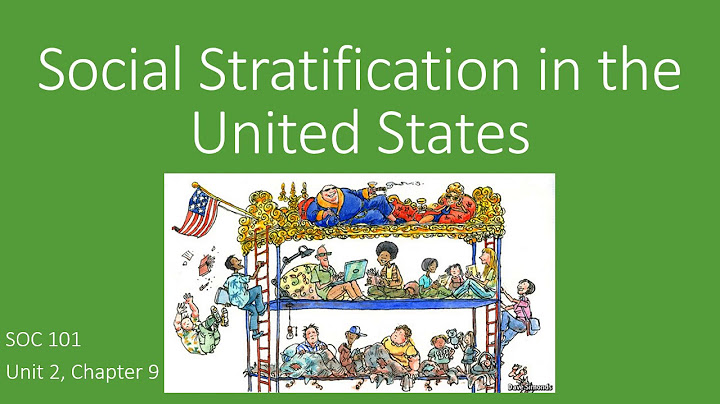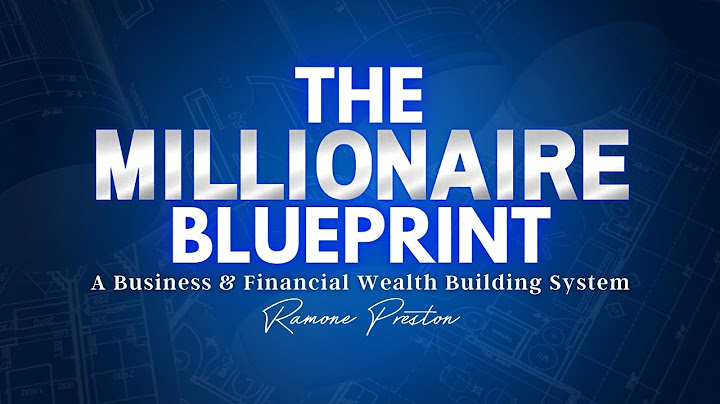Scholars are deeply gratified when their ideas catch on. And they are even more gratified when their ideas make a difference — improving motivation, innovation, or productivity, for example. But popularity has a price: people sometimes distort ideas, and therefore fail to reap their benefits. This has started to happen with my research on “growth” versus “fixed” mindsets among individuals and within organizations. To briefly sum up the findings: Individuals who believe their talents can be developed (through hard work, good strategies, and input from others) have a growth mindset. They tend to achieve more than those with a more fixed mindset (those who believe their talents are innate gifts). This is because they worry less about looking smart and they put more energy into learning. When entire companies embrace a growth mindset, their employees report feeling far more empowered and committed; they also receive far greater organizational support for collaboration and innovation. In contrast, people at primarily fixed-mindset companies report more of only one thing: cheating and deception among employees, presumably to gain an advantage in the talent race. Read more about crisis managementIn the wake of these findings, “growth mindset” has become a buzzword in many major companies, even working its way into their mission statements. But when I probe, I often discover that people’s understanding of the idea is limited. Let’s take a look at three common misconceptions.
Even if we correct these misconceptions, it’s still not easy to attain a growth mindset. One reason why is we all have our own fixed-mindset triggers. When we face challenges, receive criticism, or fare poorly compared with others, we can easily fall into insecurity or defensiveness, a response that inhibits growth. Our work environments, too, can be full of fixed-mindset triggers. A company that plays the talent game makes it harder for people to practice growth-mindset thinking and behavior, such as sharing information, collaborating, innovating, seeking feedback, or admitting errors. The New World of Work Candid conversations on talent, tech, and the future of business. A special email series for subscribers, returning this fall. To remain in a growth zone, we must identify and work with these triggers. Many managers and executives have benefited from learning to recognize when their fixed-mindset “persona” shows up and what it says to make them feel threatened or defensive. Most importantly, over time they have learned to talk back to it, persuading it to collaborate with them as they pursue challenging goals. It’s hard work, but individuals and organizations can gain a lot by deepening their understanding of growth-mindset concepts and the processes for putting them into practice. It gives them a richer sense of who they are, what they stand for, and how they want to move forward. Which of these refers to the values that help us determine appropriate standards of behavior and place limits on our behavior both inside and outside the organization?First, values help us determine appropriate standards of behavior. They place limits on our behavior both inside and outside the organization. In such situations, we are referring to what is called ethical behavior, or ethics.
Which of these refers to people who direct their energies inwardly and have a greater sensitivity to abstract feelings?Introverts (introversion) tend to focus their energies inwardly and have a greater sensitivity to abstract feelings, whereas extroverts (extroversion) direct more of their attention to other people, objects, and events.
Which of the following country represents the highest average hours worked per worker?In 2017, the Southeast Asian state of Cambodia had the longest average working hours worldwide among 66 countries studied. Here, the working time per worker was around 2,456 hours per year, which is just under 47 hours per week.
Is a formal methodology that identifies dysfunctional aspects of workflow procedures structures and systems?Macro-organizational behavioral research steps back and looks at an organization as a whole. A formal methodology that identifies dysfunctional aspects of workflow, procedures, structures and systems, and then realigns them to fit current business goals and develops plans to implement change.
|

zusammenhängende Posts
Werbung
NEUESTEN NACHRICHTEN
Werbung
Populer
Werbung

Urheberrechte © © 2024 ketiadaan Inc.


















